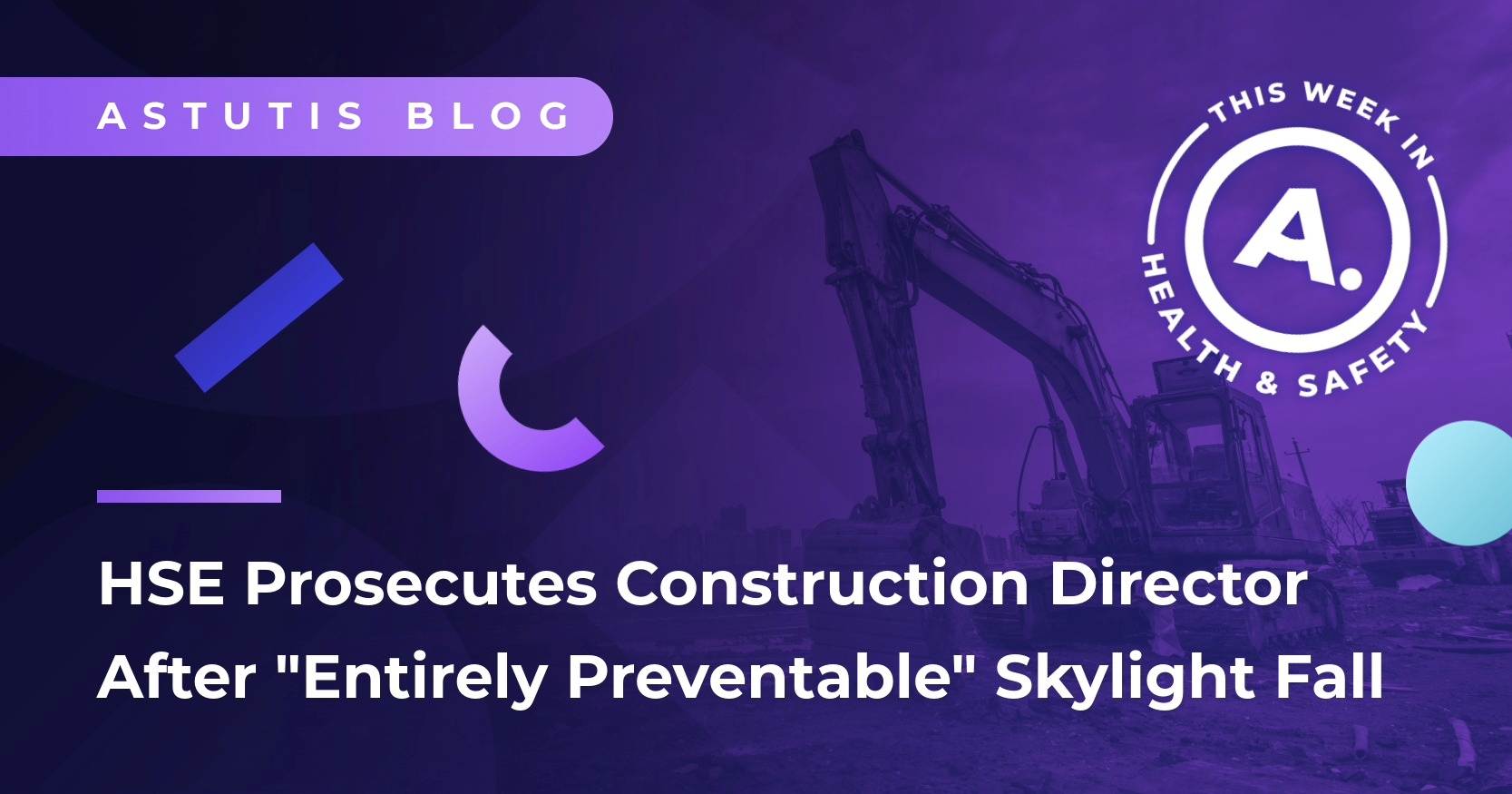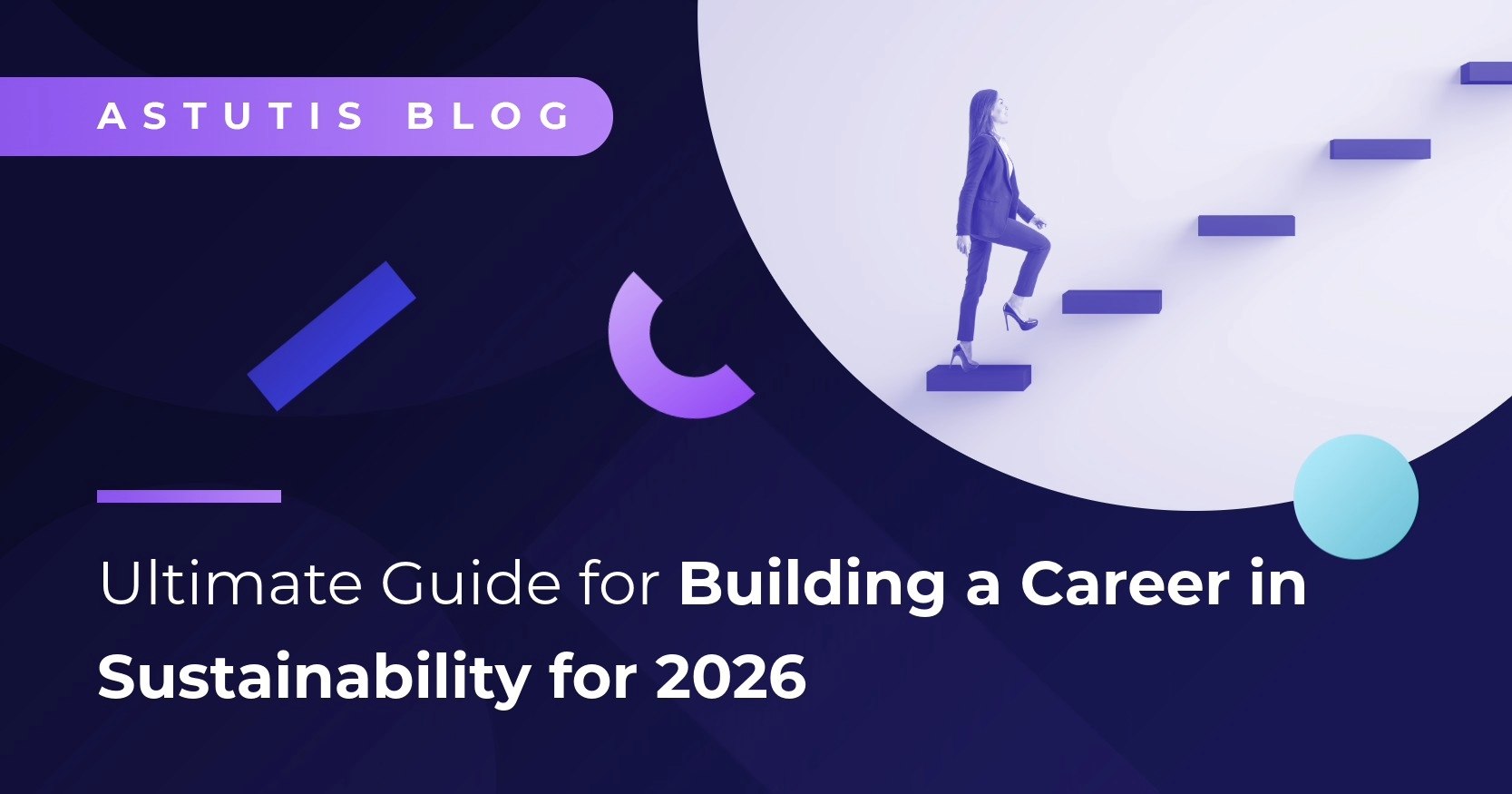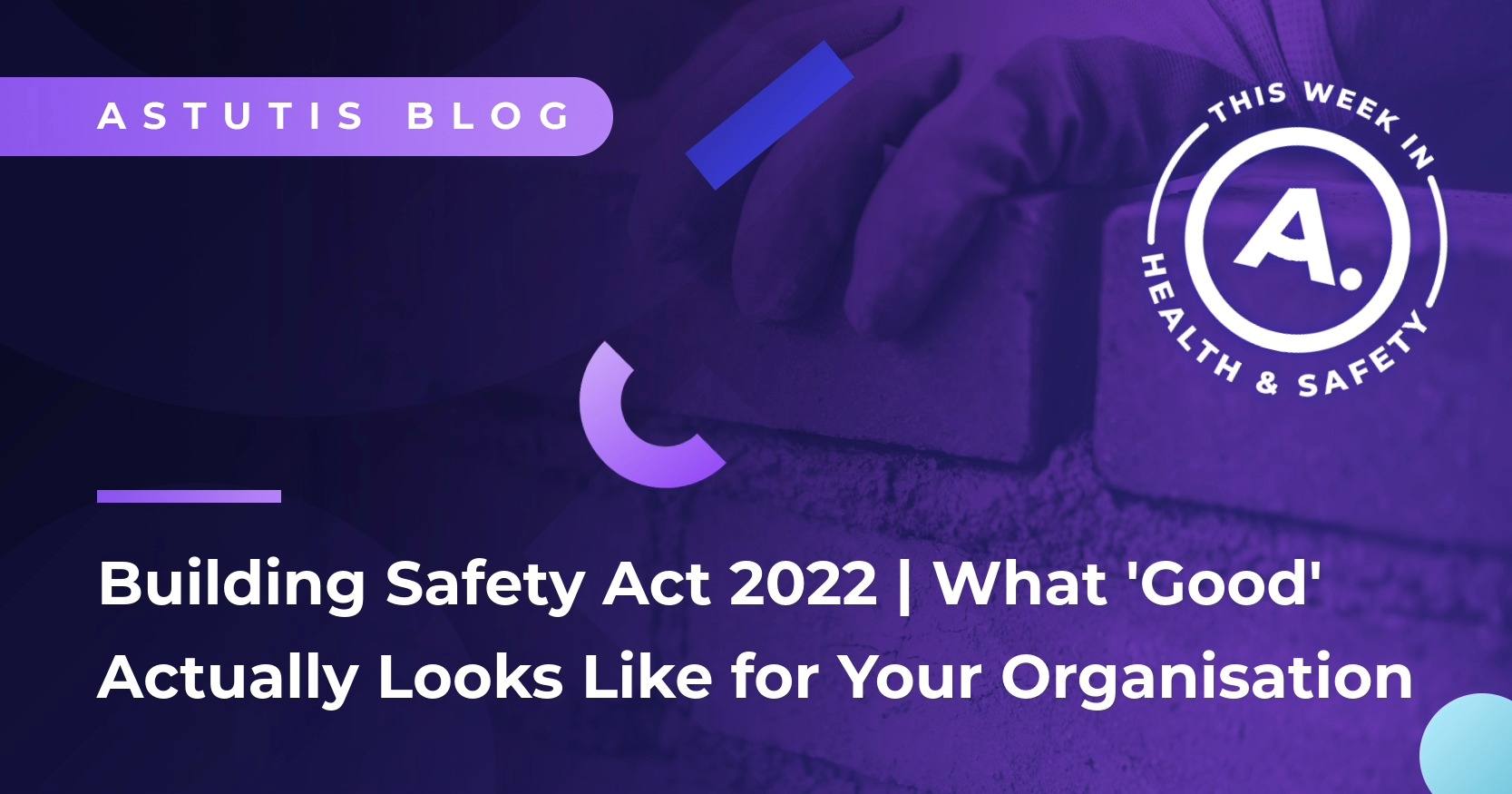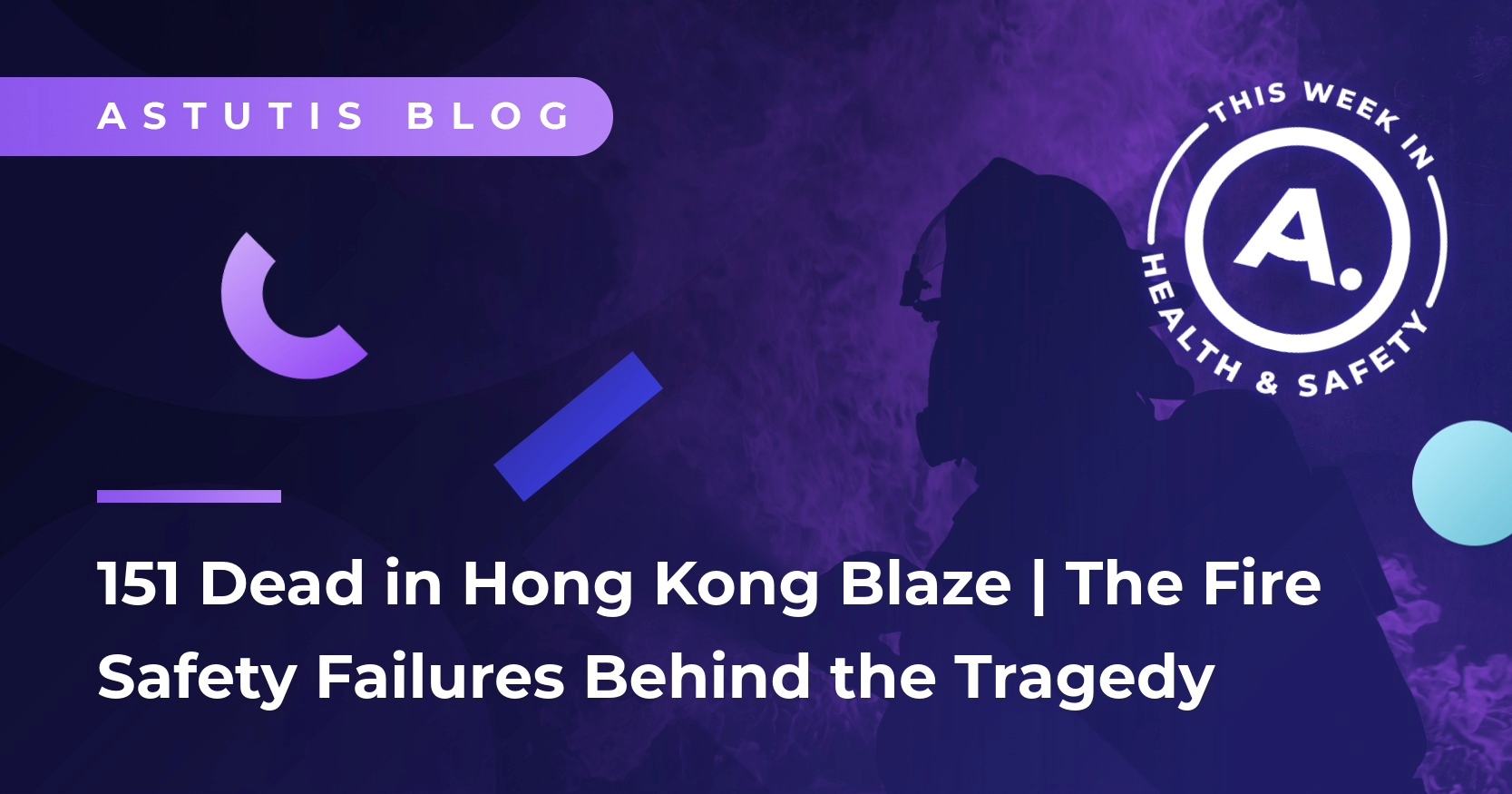Components of an Effective OHS Accountability System: part 2
Last week we introduced Accountability Systems and why they are important to the modern organisation and specifically, the health and safety function. This post delves a little deeper into building a successful Occupational Safety and Health accountability system in simple to apply steps...
This blog was updated in August 2022
Last week we introduced Accountability Systems and why they are important to the modern organisation and specifically, the health and safety function. This post delves a little deeper into building a successful Occupational Safety and Health accountability system in simple to apply steps...
Re-capping on last week's post, accountability structures offer:
- Clarity – surrounding roles and responsibilities and decision making and authority
- Organisation - to increase effectiveness and efficiency and forms the basis for outlining work - flow
- Communication – of roles and responsibilities within a partnership
Components of an Effective Accountability System:
- Documented guidelines - company policies/procedures conveying set standards in health and safety that are clearly communicated
- Resources - required to reach these standards including a safe and healthy workplace, appropriate training and supervision
- Measurement – specifying acceptable performance
- Consequences - positive or negative outcomes and their application
- Evaluation – against benchmarks and best practice
Documented Guidelines
A health and safety policy is a basic implementation required when building, improving or maintaining good levels of health and safety at work. A policy in itself is however insufficient. A key driver for assuring that a policy is embedded in organisational culture is management behaviour - here it is accountability that ensures that (management and supervisor) behaviour does not lose sight of the importance of health and safety issues at work.
Clearly communicated policies, procedures, written plans, processes, job descriptions and rules will assist in conveying required standards of performance in health and safety and are of vital importance in justifying the administration of disciplinary measures should the need arise.
Effectively Resource
Employees should have the means and methods to achieve established standards of performance. A safe workplace that doesn’t impact workers’ health should be a minimum requirement of employers. Physical resources include: safe tools, equipment, machinery, materials, workstations, facilities and the work environment. While psycho-social support (a growing area of significance) helps to ensure safe behaviours are maintained in the form of: providing appropriate safety education and training, agreeing reasonable schedules of work/production quotas, implementing effective HR programmes and safe work procedures, competent management and effective leadership through two-way dialogue.
Measure
Measure the quality or level of safety performance regularly and often (yearly reviews can often be pointless and demotivating) with both informal and formal observations. Quantify observations – having statistics and data to hand means you will have a baseline against which to measure future safety management.
Remember that an employee can only be held accountable if she/he has the ‘authority or ability to control’.
Accountability needs to permeate all levels within an organisation, from supervisors to chief executive officers; an appraisal system which takes health and safety issues into account will help to ensure compliance with the health and safety policy while encouraging managers to place emphasis on health and safety matters within their daily management practice. If tasks are clearly defined and a valid ‘performance, measure and reward’ system is established, accountability systems set the backdrop for good health and safety performance to ensue.
Examples of measured safety behaviours and performance at various levels include:
Top/mid-level managers: involvement in safety management system formulation and implementation, developing effective safety policies, programmes and procedures, arranging management/supervisor safety training, providing physical resources and psycho-social support, involvement in safety education/training and supporting involvement in the safety committee.
Supervisors: making sure workers have safe materials, tools, equipment, machinery, etc., ensuring an appropriate psycho-social environment, following company safety rule, conducting safety inspections/risk assessments/audits, enforcing safety rules, training safe work procedures, recognising employees for safety and conducting safety meetings.
Employees: complying with company safety rules, reporting injuries (RIDDOR) in a timely fashion, safety training, reporting hazards, making suggestions and active involvement in safety activities.
N.B. Evaluate progress often and make small changes as necessary - the more proactive our efforts, the less we will need to react. The more we develop, coach and focus on performance, the less we need to react to negative results…which amounts to good leadership.
Communicate Consequences
In order to increase or decrease desired or undesired behaviours, effective consequences will need to be communicated. Show recognition to those who meet or exceed set standards, whilst offering appropriate corrective action for employees that make an informed decision not to follow company safety rules – we’re talking deliberate flouts here. Plan to ensure consequences are effective, consider and use positive reinforcement to increase desired behaviour. To be effective, consequences should be soon, certain, significant, and sincere.
If behaviours and activities are expected and recognised, results will take care of themselves – outcomes follow processes.
N.B. An effective accountability system should only measure those behaviours over which managers, supervisors or employees have control.
Application of Consequences
Accountability needs to include the expectation of consequences to have credibility and these consequences need to be both appropriate and effective. Ensure consequences are justified, correspond to the degree of positive or negative results of the behaviour and are applied consistently to all levels.
In appropriate application, check that management has:
- Provided the employee with a safe and healthy workplace and that they have the physical resources and psycho-social support to comply.
- Offered adequate supervision
- Trained the employee appropriately
- Fairly and consistently applied previous accountability
Consequences should increase both with the severity of the potential injury or illness that might result and with the level of responsibility of the person performing the behaviour. In the UK we have seen a significant ‘clamp down’ by the HSE for high level failures which have resulted in a considerable rise in the number of company directors that have been prosecuted in the past 12 months. See our post: Due Diligence Defence: 5 steps to ensuring your workplace has safety covered.
Evaluate
The safety coordinator and/or safety committee and possibly HR should be actively involved in the evaluation process.
Identify, Analyse, Evaluate:
- Identify what policies, plans, procedures, processes exist
- Analyse each one to understand what they look like
- Evaluate them against (organisation or industry) benchmarks and best practices to establish effectiveness.
Evaluation is intrinsically linked to measurement – you cannot have one without the other.
Final Thought - Design an Accountability System that Works for your Organisation
As the late Steve Jobs said, “Design is not just what it looks like. Design is how it works.” By designing a 'best-fit' accountability system for your organisation and its employees, positive involvement and two-way communication in the whole health and safety programme is far more likely to result.
The ultimate success of this system should be measured in the climate of positive accountability established – both for the organisation and the individual - as a core value. Accountability should be encouraged not feared.
Contact our experts for advice on fostering a learning culture within your organisation and support on climate surveying.
Related Blogs

Real Life Stories









